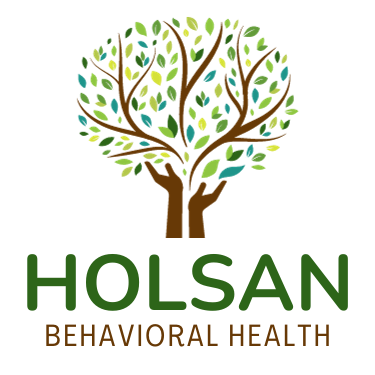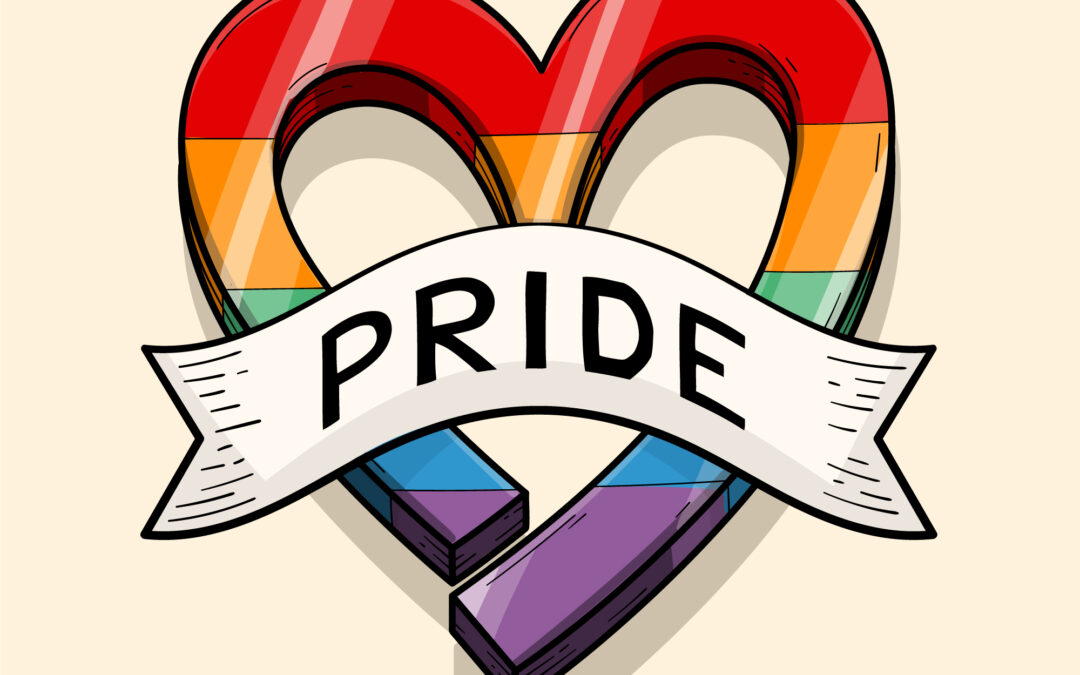LGBTQ+ mental health
Every June, Pride Month celebrates the resilience, identity, and visibility of the LGBTQ+ community. While it’s a time of joy, pride, and connection, it’s also a vital opportunity to shed light on an often-overlooked issue: LGBTQ+ mental health.
Members of the LGBTQ+ community are disproportionately affected by mental health challenges due to a combination of social stigma, discrimination, and lack of access to affirming care. At Holsan Behavioral Health, we believe in creating safe, inclusive spaces where every identity is respected and supported. That starts with understanding the unique mental health needs of the LGBTQ+ population—and knowing how to help.
Here are 4 powerful ways we can all support LGBTQ+ mental health this Pride Month and beyond.
1. Understand the Impact of Minority Stress
LGBTQ+ individuals often face minority stress, a term used to describe the chronic stress associated with being part of a marginalized group. This includes:
- Discrimination or harassment
- Rejection from family or community
- Fear of coming out
- Lack of legal protections
These stressors don’t just affect mood—they can contribute to serious mental health conditions like anxiety, depression, PTSD, and substance use disorders. According to The Trevor Project, 45% of LGBTQ+ youth seriously considered suicide in the past year. This statistic is a clear call to action.
Understanding these experiences with empathy is the first step toward offering real support.
2. Advocate for Affirming Mental Health Care
One of the biggest barriers to care for LGBTQ+ individuals is finding affirming providers who understand and support their identities.
At Holsan Behavioral Health, our licensed therapists are trained in culturally competent care that affirms diverse sexual orientations and gender identities. Affirming therapy not only provides a safe space—it can reduce suicide risk and improve overall well-being.
Ways to advocate for inclusive care:
- Ask therapists if they have experience with LGBTQ+ issues
- Support legislation that protects trans and queer health rights
- Share mental health resources tailored to LGBTQ+ people
3. Create Safe, Supportive Environments
Mental health thrives in environments where people feel safe, accepted, and valued.
If you’re a friend, parent, coworker, or ally, ask yourself:
- Do I use someone’s correct name and pronouns?
- Do I listen without judgment?
- Do I educate myself on LGBTQ+ issues without expecting someone else to do it for me?
Supportive relationships can buffer against mental health struggles. A recent study found that LGBTQ+ youth with at least one accepting adult were 40% less likely to attempt suicide. Small actions can have a powerful impact.
4. Uplift LGBTQ+ Voices and Mental Health Resources
Visibility matters—especially when it comes to mental health. Share LGBTQ+ stories, promote queer mental health advocates, and engage with platforms that amplify these voices. This not only fosters understanding but lets others know they’re not alone.
Here are a few organizations doing important work in LGBTQ+ mental health:
- The Trevor Project – https://www.thetrevorproject.org
- National Queer and Trans Therapists of Color Network – https://www.nqttcn.com
- GLMA: Health Professionals Advancing LGBTQ+ Equality – https://www.glma.org
Final Thoughts
Supporting LGBTQ+ mental health means listening, learning, and showing up with compassion. This Pride Month, let’s commit to more than celebration—let’s create lasting change that affirms every identity and supports every mind.
At Holsan Behavioral Health, we are proud to offer inclusive, evidence-based care that meets people where they are. Because mental wellness should be accessible, respectful, and empowering—for everyone.
Mental health is a human right. Let’s make sure the LGBTQ+ community has access to the care, support, and love they deserve.
When we support LGBTQ+ mental health, we build a more compassionate and inclusive world
Prioritizing LGBTQ+ mental health isn’t just important—it’s essential for creating a world where everyone feels seen, safe, and supported
References:
- The Trevor Project. (2023). 2023 U.S. National Survey on the Mental Health of LGBTQ Young People.
https://www.thetrevorproject.org/survey-2023/ - American Psychiatric Association. (2022). Mental Health Disparities: LGBTQ+
https://www.psychiatry.org/File%20Library/Psychiatrists/Cultural-Competency/Mental-Health-Disparities/Mental-Health-Facts-for-LGBTQ.pdf - Centers for Disease Control and Prevention (CDC). (2022). LGBTQ+ Health
https://www.cdc.gov/lgbthealth/index.htm

